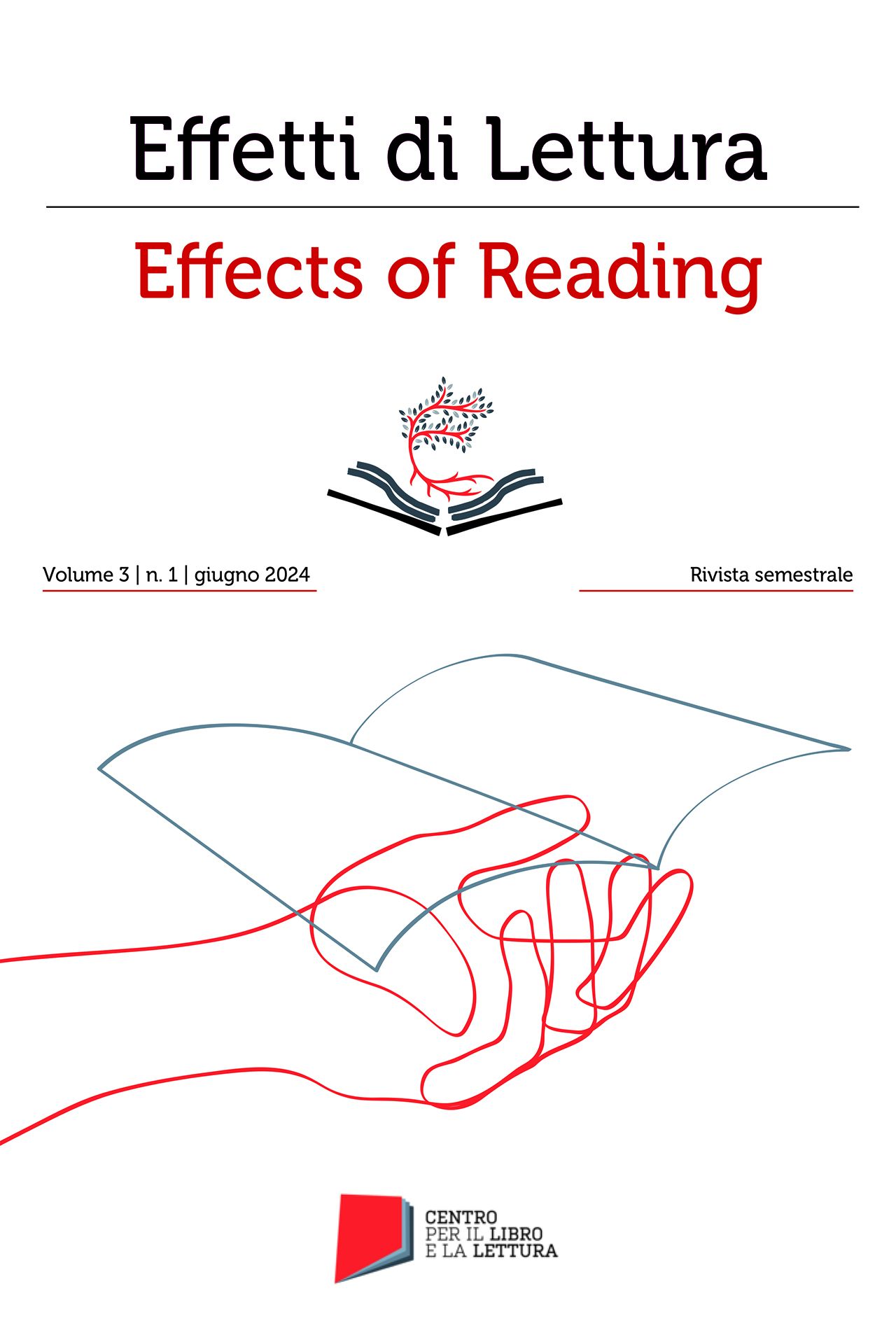Tactile picture books as universal mediators: issues of accessibility
DOI:
https://doi.org/10.7347/EdL-01-2024-01Keywords:
shared reading, tactile picture books, accessibility, tactile publishingAbstract
The focus on reading aloud in the early years of life has activated avenues of research and study related to the dimension of accessibility. If reading is a right, conditions must be built so that this opportunity can be demanded and experienced by all children, even when they have Special Educational Needs. This contribution intends to focus on tactile books, which are characterized by raised illustrations made of different materials and textures and text written in both Braille and enlarged characters. These texts are created to meet the needs of blind and visually impaired children and need to be produced with special haptic characteristics in mind, which are necessary for them to be adapted to the reading needs of blind children. Reading them becomes an indispensable source of knowledge, experimentation, play, school and social integration. However, the richness of their invoice today allows them to be placed as universal mediators, usable by all children in different school and life contexts. Indeed, they respond pertinently to the principles of Universal Design for Learning and to the possibility of being texts capable of providing multiple means of representation, action and expression, and involvement. The biggest critical issue facing this new challenge is the publishing industry, which is struggling to bear the costs and is now trying to activate, through specific national and international competitions, the participation and active involvement of parents, teachers and educators not only in terms of production but also in terms of awareness and information.
Downloads
Downloads
Published
How to Cite
Issue
Section
License
Copyright (c) 2024 Effetti di lettura / Effects of reading

This work is licensed under a Creative Commons Attribution-NonCommercial 4.0 International License.








